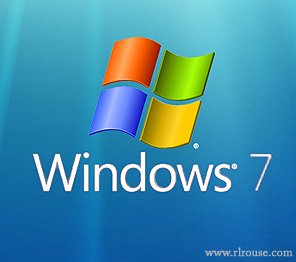 Question:
Question:
I’ve heard that if I’m running Windows 7 I won’t need to defragment my hard drive any more. Is that true? —Melinda Hostettler
Answer:
Unfortunately it is not Melinda. Like its predecessors, Windows 7 saves files in bits and pieces in an attempt to use every bit of free space on the drive. This causes some files to be split into dozens of fragments that are spread all over the hard disk, and whenever these files need to be loaded into memory the drive heads need to move back and forth across the platters until all the pieces are reassembled like a puzzle. All of this disk access really slows your PC down.
Defragmenting your hard drive rearranges all of those bits and pieces back into contiguous files, speeding up your disk I/O in the process. Will you notice the difference? Well, that depends on how badly your files are fragmented. If it’s been several months or longer since the last defragmentation, you should definitely notice a difference.
Here is the process for defragmenting a hard drive in Windows 7:
1 – Click Start
2 – Click All Programs
3 – Click Control Panel
4 – Click System and Security
5 – Under “Administrative Tools” click Defragment Your Hard Drive
6 – Click Defragment Disk
In a nutshell, while faster computer hardware and the design of Windows 7 itself have made the effects of disk fragmentation less noticeable than in precious versions of Windows, it’s still a problem that needs to be addressed on occasion. I recommend defragging all of your hard drives at least once every 90 days.
About the author: Rick Rouse is the owner of RLROUSE.COM. He is also an A+ Certified computer technician with over 30 years of experience in the computer industry. Do you have a computer question that you’d like to have answered? Send it in and we’ll answer it right here (and via email as well).